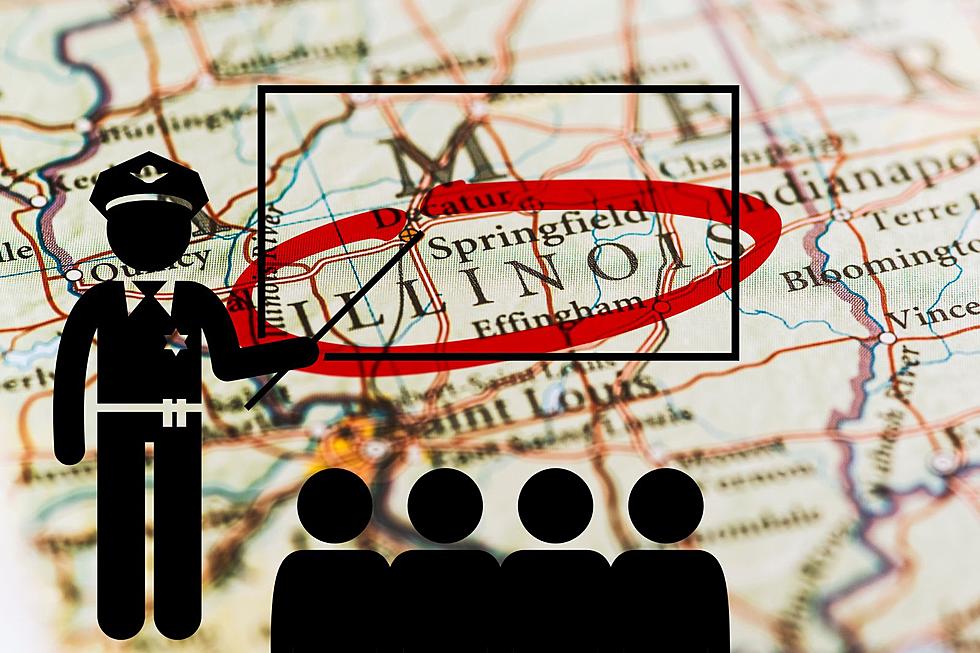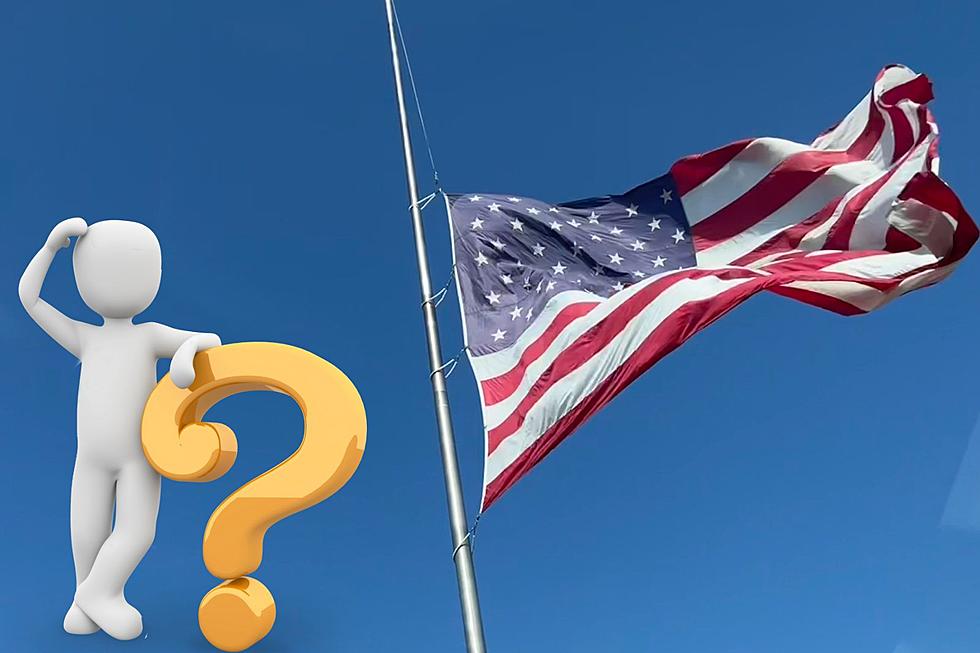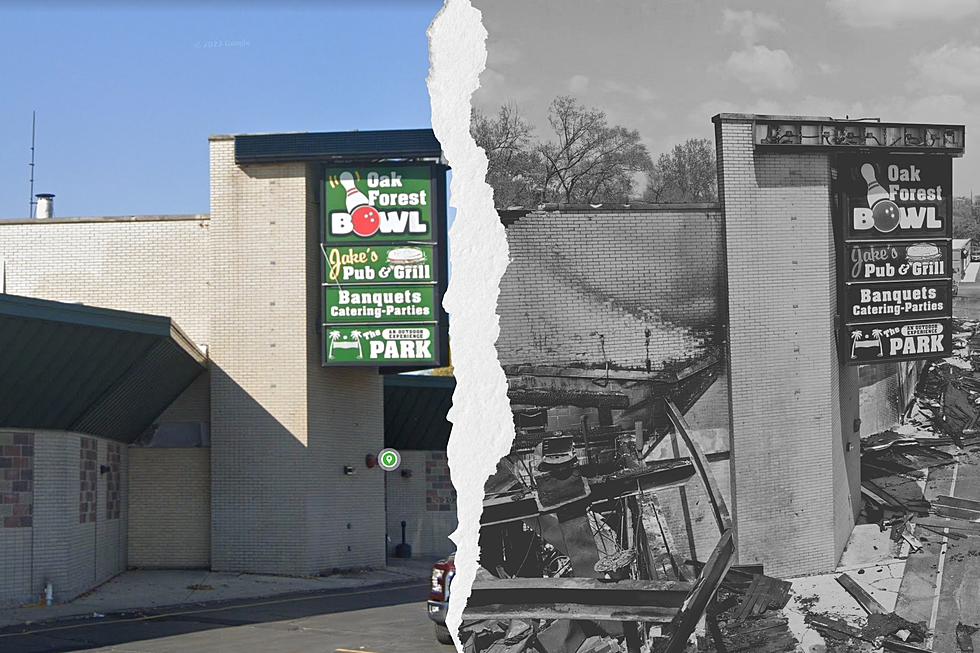
FEMA and FCC to Conduct Nationwide Emergency Alert System Test October 4th
FEMA, in partnership with the Federal Communications Commission (FCC), is gearing up to perform a critical nationwide test of the Emergency Alert System (EAS) and Wireless Emergency Alerts (WEA) this coming fall. The test, scheduled for Wednesday, October 4, will consist of two significant parts aimed at ensuring the effectiveness of these systems in alerting the public about emergencies, especially those of national importance.
Wireless Emergency Alerts (WEA) Test
The WEA portion of the test will be directed to all consumer cell phones, marking the second time it includes cellular devices. At approximately 1:20 p.m. CST on October 4th, cell towers will broadcast the test for around 30 minutes. Keep in mind this does not mean devices will go off for 30 minutes. It simply means that the alert will be sent for a period of 30 minutes from the towers.
Alerts in English and Spanish
If your wireless provider participates in WEA, and your phone is switched on and within range of an active cell tower, it should be capable of receiving the test message. For English-speaking users, the message will read: "THIS IS A TEST of the National Wireless Emergency Alert System. No action is needed." Meanwhile, phones set to Spanish will display: "ESTA ES UNA PRUEBA del Sistema Nacional de Alerta de Emergencia. No se necesita acción."

WEA alerts are generated and sent by authorized government agencies through FEMA's Integrated Public Alert and Warning System (IPAWS). These alerts are delivered to compatible handsets in geo-targeted areas and are accompanied by a unique tone and vibration to ensure accessibility, even for individuals with disabilities.
Emergency Alert System (EAS) Test
The EAS portion of the test, the seventh nationwide EAS test, is scheduled to last about one minute. It will involve the participation of various broadcasting platforms, including radio and television broadcasters, cable systems, satellite radio and television providers, and wireline video providers.
The test message will closely resemble the regular monthly EAS test messages, stating: "This is a nationwide test of the Emergency Alert System, issued by the Federal Emergency Management Agency, covering the United States from 14:20 to 14:50 hours ET. This is only a test. No action is required by the public."
Preparation and Purpose
FEMA and the FCC have been collaborating with EAS participants, wireless providers, emergency managers, and other stakeholders to minimize confusion and maximize the public safety value of this nationwide test. In the event that the October 4th test is postponed due to severe weather or other significant events, a backup testing date of October 11th is in place.
The main purpose of this October 4th test is to ensure that these emergency alert systems continue to effectively warn the public about critical situations at the national level. It is crucial for everyone's safety and preparedness.
So, mark your calendars for October 4th, and rest assured that when you receive the test alerts on your mobile devices or through your radios and televisions, it's all part of a nationwide effort to keep you informed and safe during emergencies.
[Source: FCC]
How to Set a Contact as an Emergency Bypass on Your iPhone
LOOK: The most expensive weather and climate disasters in recent decades
More From Rockford's New Country Q98.5









